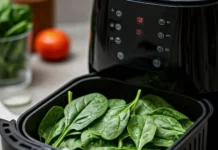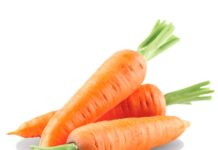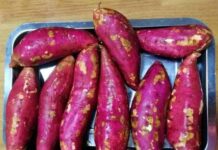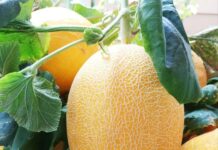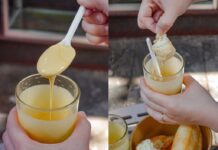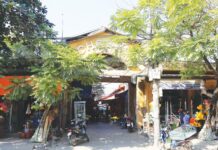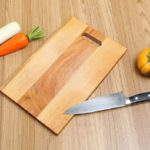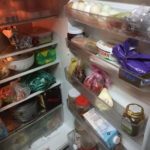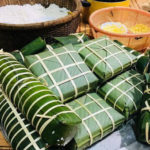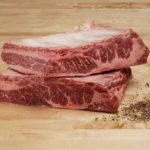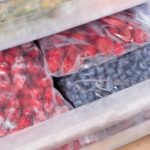Combining blanched vegetables and meat is a popular time-saving method that also maximizes nutrient intake. However, there are benefits and risks to consider when using meat broth for blanching vegetables.
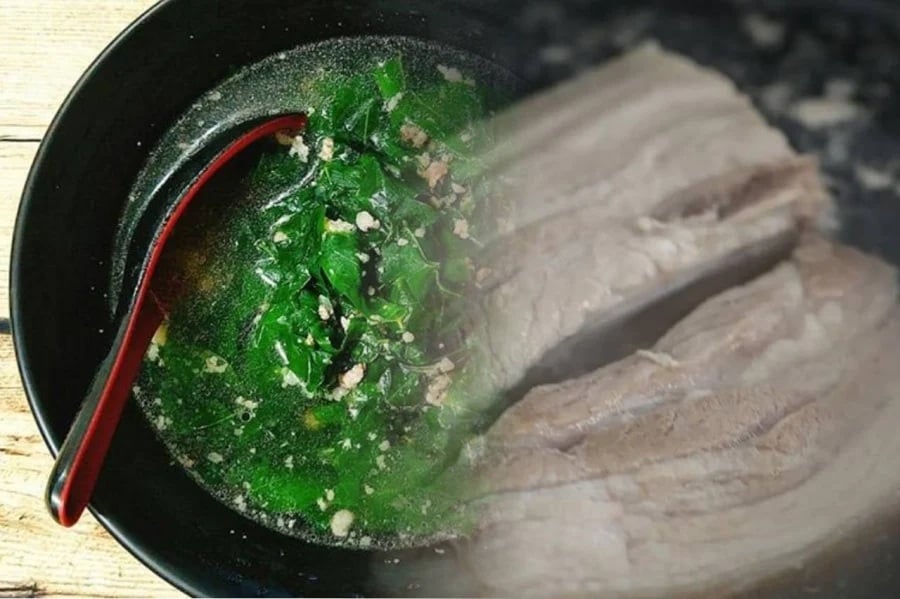
Should Meat Broth Be Used for Blanching Vegetables?
Benefits
-
Time and Effort Saving:
- Reusing meat broth saves preparation and cooking time as you don’t need to boil new water.
-
Enhanced Flavor:
- Meat broth adds depth of flavor to blanched vegetables with the essence of the meat and spices infused in it.
-
Nutrient Utilization:
- Meat broth contains proteins and minerals, enhancing the nutritional value of blanched vegetables.
Risks
-
Fat and Cholesterol:
- Meat broth may contain high levels of fat and cholesterol, making it unsuitable for those monitoring their fat and cholesterol intake.
-
High Salt Content:
- If salt or salty condiments were added to the meat broth, reusing it for blanching vegetables can increase the salt intake, affecting cardiovascular health.
-
Food Safety:
- Improperly stored meat broth can become a breeding ground for bacteria, leading to foodborne illnesses.
While using meat broth for blanching vegetables can enhance flavor and add nutritional value, it also poses risks related to fat, salt, and food safety. If you choose to use meat broth, carefully consider these factors and ensure proper storage to prevent spoilage and off-flavors.
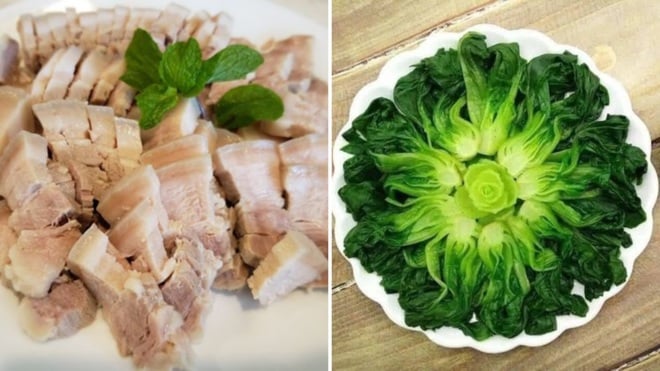
Using Meat Broth for Blanching Vegetables or Making Soup Can Have Health Benefits.
Prioritizing blanched dishes offers several advantages:
– Simple and Easy Preparation: Creating blanched dishes is straightforward and less time-consuming. It also eliminates the need for intricate seasoning adjustments, resulting in cleaner cookware and tableware compared to frying or stir-frying. This significantly improves food hygiene and safety.
– Oil-Free Cooking: For those aiming to lose weight, blanched dishes are ideal as they require no added oil, reducing the overall fat content compared to oil-based cooking methods.
– Reduced Salt Intake: Blanching requires less salt and seasoning than other cooking techniques, lowering the risk of cardiovascular issues, hypertension, and water retention.
– Lower Cancer Risk: High-starch foods cooked at high temperatures, such as fried or grilled, can form acrylamide, a compound that damages DNA and promotes cancer cell growth. Blanching is a safe and healthy alternative to these cooking methods.
8 Common Mistakes People Make with Cutting Boards
Are you using your cutting board correctly? Many Vietnamese households rely on cutting boards in their kitchen, but not everyone knows how to use them properly, especially when it comes to wooden cutting boards. Check out these 8 mistakes to avoid when using a cutting board to ensure both hygiene and safety for everyone in your family.
Is Refrigerated Leftovers Linked to an Increased Risk of Cancer?
Dr. Lam Van Man, Head of Research, Development and Technology Transfer Department of the Institute of Safety Food, has warned of the risk of food poisoning when reheating leftovers from the refrigerator. But what should we be aware of when it comes to the possibility of these leftovers causing cancer? Here, we explore what the experts have to say on the matter and offer some tips for safe eating.
Preserving Leftover Food from the Tet Holiday
With the beginning of the Lunar New Year, many households are stocking up on food to celebrate the festive occasion. While keeping food in the refrigerator is convenient, it can also be harmful to users if not done correctly. We have compiled a few tips to help ensure food remains fresh and safe to consume during Tet.











